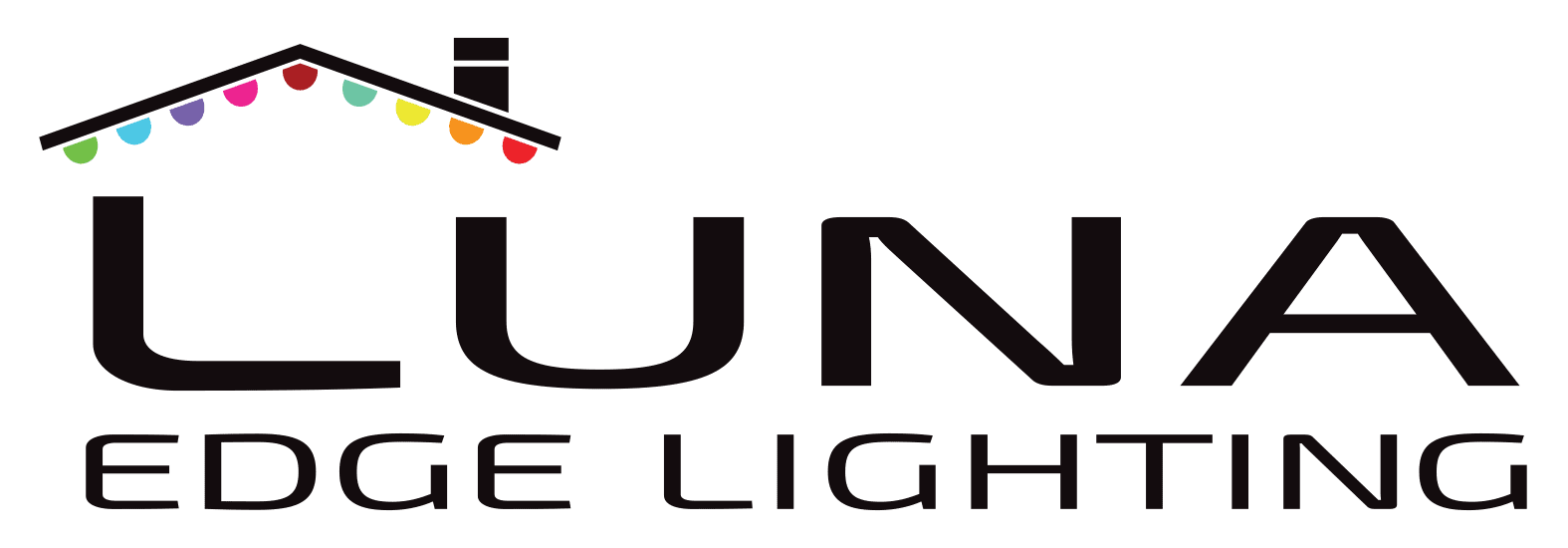Landscape lighting can significantly enhance your yard’s natural beauty and architectural features. It can also draw attention to large trees, gardens, statues and water features.
Landscape lighting can improve your property’s curb appeal, a key factor in selling your home. Moreover, it can deter crime and increase your home’s safety. Check this out for more details.
Pathway Lighting
Path lights are a necessity for safety reasons and as an added bonus, they also help bring the outdoor spaces around your home to life after dark. But not all paths need to be illuminated and some should be lighted with intention instead of at random.
When installing a path lighting system, designers should prioritize avoiding glare or using the landscape as a natural background. Direct uplights away from paths or other gathering areas, choose pathway lights that cast light downward, and make sure in-ground lighting keeps its light to the edges of the path of travel.
Often installed directly into the ground, recessed and in-ground pathway lights offer a soft, diffused glow. These fixtures can be used as a safety measure to mark walking areas and parking spaces, or as wash lights to wash stone walls and accent architectural details.
Uplighting
Uplighting is a great way to illuminate tall landscape features. It can show off tree bark, branches and leaves, or add drama to architectural columns.
It can also be used to highlight statues and fountains. It can give these features new life at night, creating an inviting ambiance and increasing the value of your home.
Another common technique is silhouette lighting, which casts soft shadows on a feature. Depending on the size of the object, you might need multiple fixtures to create the desired effect.
In contrast, downlighting places a fixture above a feature or area you are looking to illuminate. This creates a wash of light down, illuminating more surface area than uplighting.
Ultimately, the most important factor when selecting uplighting and downlighting is to use them in harmony with each other. A well-designed lighting scheme will illuminate the elements that you love most and create a warm, inviting atmosphere that is sure to impress your friends and neighbors.
Accent Lighting
Accent lighting can be used to highlight a specific area or object in your landscape. They can also be placed to set a mood or ambiance.
Adding accent lights can help add color to your landscaping and make it more inviting for guests. They also add a touch of style that can help spruce up your home’s curb appeal and resale value.
When choosing the perfect lighting fixtures for your space, be sure to take into account your budget and the overall look you want. This will help you narrow down your design plan and create a clear picture of where each fixture will go.
In general, single accent lights (35deg) work well on small trees and large ones (60-100 feet) require a combination of accent lights that capture different angles. The lights should graze the tree trunk but most importantly, they should point upward into the canopy for maximum impact.
Security Lighting
Security lighting is one of the most important aspects of outdoor lighting design. It increases the overall safety and security of your home, and can also help enhance the beauty of your property.
When choosing the right security lights, it is crucial to consider the placement and coverage of the light. For example, floodlights are a popular type of security light that can be used to illuminate a large area.
Landscape path lights are a more sophisticated, functional type of security light that can be safely placed around your property to illuminate frequently used walkways and paths. They are designed to be mounted in a variety of locations throughout your yard, including along driveways, stairs, and narrow trails.
Security lighting can greatly reduce the likelihood of your property being burglarized, but the placement, coverage and quality of illumination all impact the level of security. The key is to create a strategic lighting plan that highlights several important areas of your property with low levels of illumination. Read on for some ideas.

